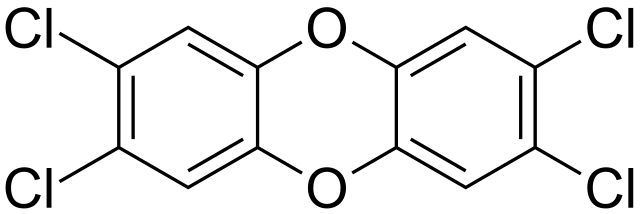Dioxin and Furans Analysis
For over 20 years PRL has been analyzing for polychlorinated dibenzodioxins (PCDD) and polychlorinated dibenzofurans (PCDF). Using high resolution mass spectrometers (HRMS) we are able to detect dioxins and furans at ultratrace levels in a range of product types including water, soil, food, pharmaceuticals and more!
What are dioxins?
Dioxin is a general term that describes a group of 210 chemicals that are highly persistent in the environment. Dioxin is formed as an unintentional bi-product of many industrial processes involving chlorine, such as waste incineration, chemical and pesticide manufacturing, and pulp and paper bleaching.
Why is testing for dioxins important?
Dioxin is one of the most toxic chemicals known. A draft report released for public comment in September 1994 by the US Environmental Protection Agency clearly describes dioxin as a serious public health threat. In 1999 it was classified as a carcinogen. The public health impact of dioxin may rival the impact that DDT had on public health in the 1960's. According to the EPA report, not only does there appear to be no "safe" level of exposure to dioxin, but levels of dioxin and dioxin-like chemicals have been found in the general US population that are "at or near levels associated with adverse health effects". The EPA report confirmed that dioxin is a cancer hazard to people; that exposure to dioxin can cause severe reproductive and developmental problems (at levels 100 times lower than those associated with its cancer-causing effects); and that dioxin can cause immune system damage and interfere with regulatory hormones
How Pacific rim laboratories can help you
Pacific Rim Laboratories tests for seventeen toxic congeners (seven chlorinated dioxins and ten chlorinated furans) which have been assigned toxic equivalency factors by the World Health Organization (WHO) using EPA 1613b as a reference method.
Having presented multiple important papers in this field of research, including speeding up the analysis of dioxin at recent dioxin conferences, Pacific Rim Laboratories have established themselves as leaders in the analysis of dioxins.
Contact us today to get started on your testing journey!
For more detailed information on what’s included in a dioxin report and information on the use of toxic equivalency factors, click on our dioxin example report link.

